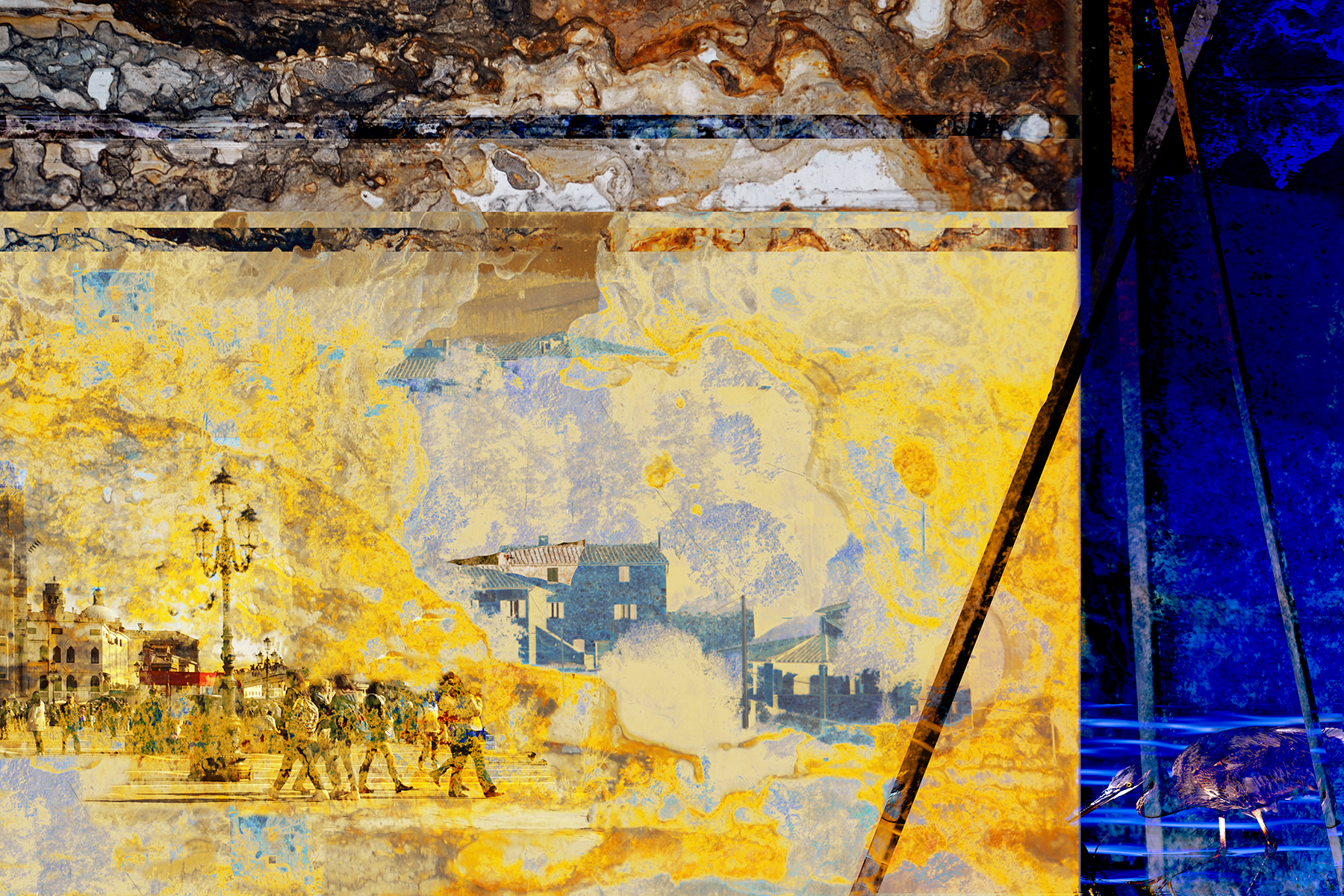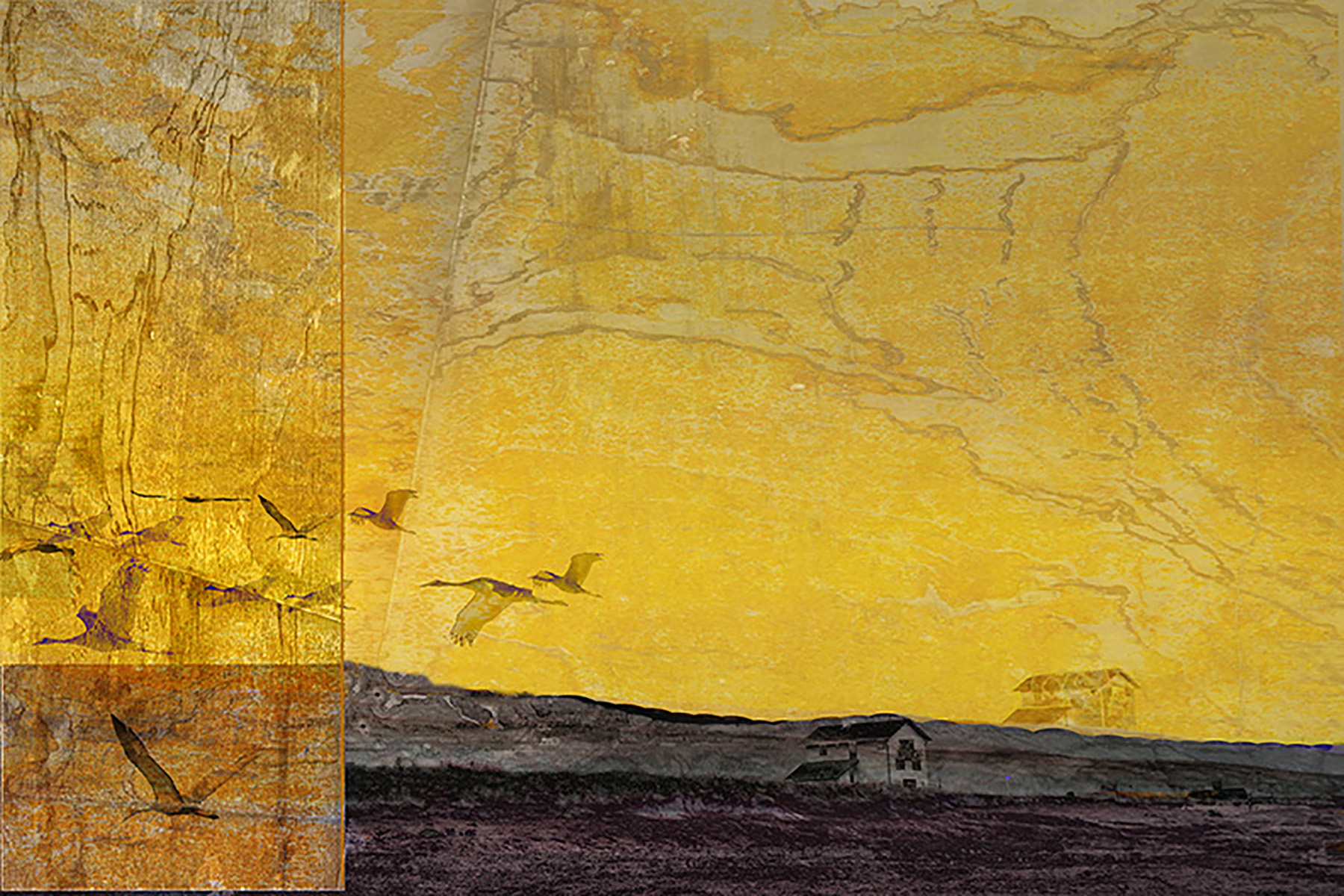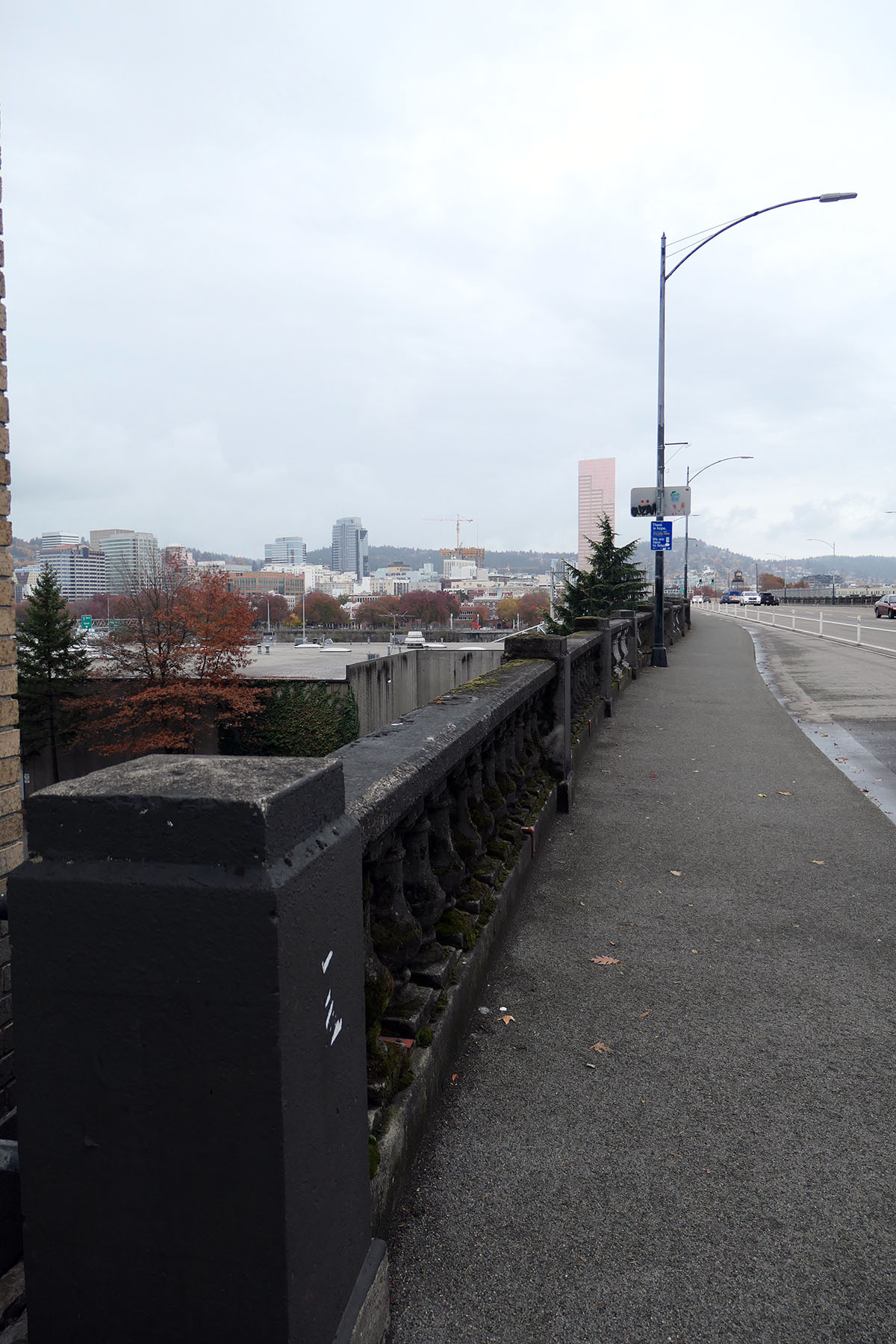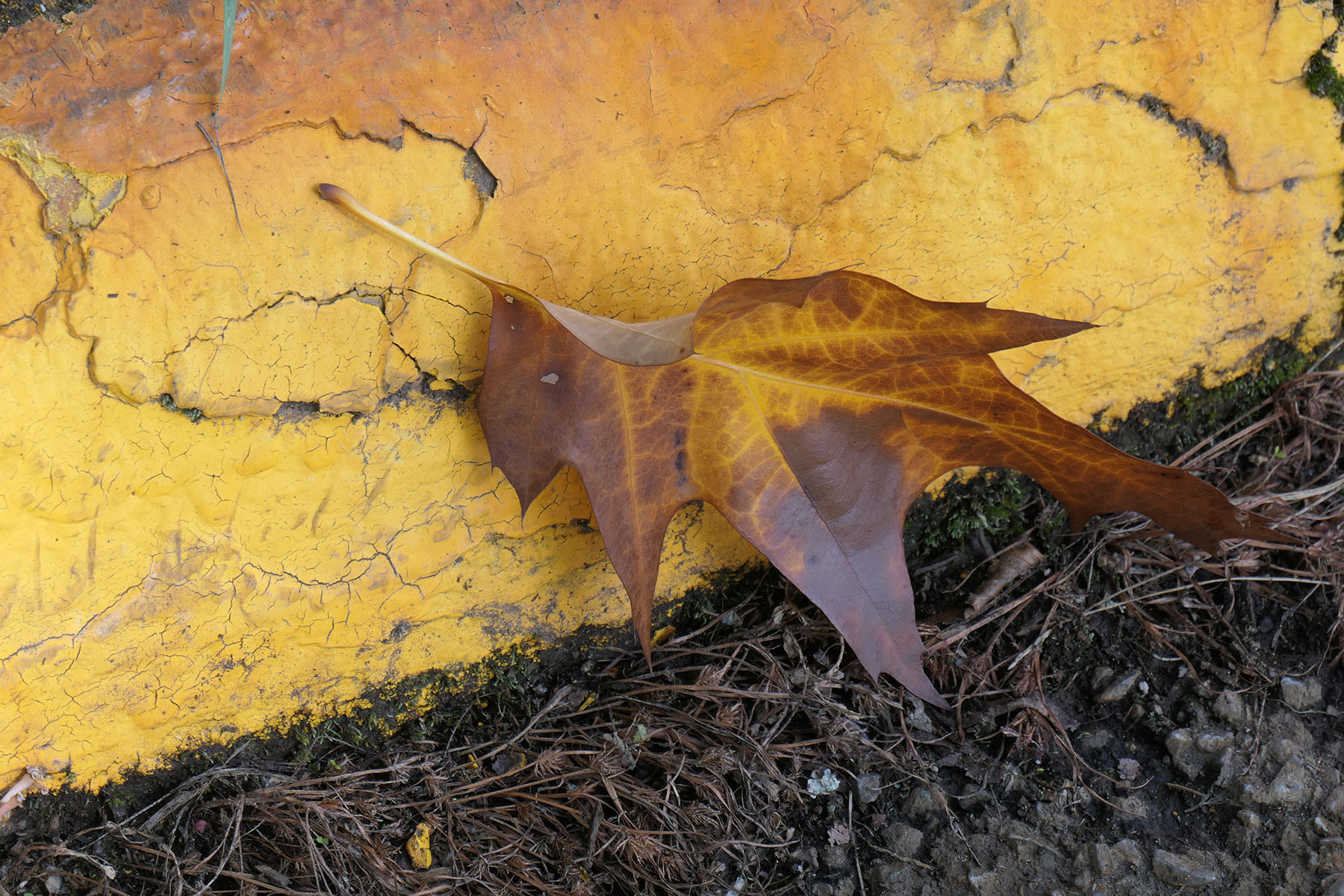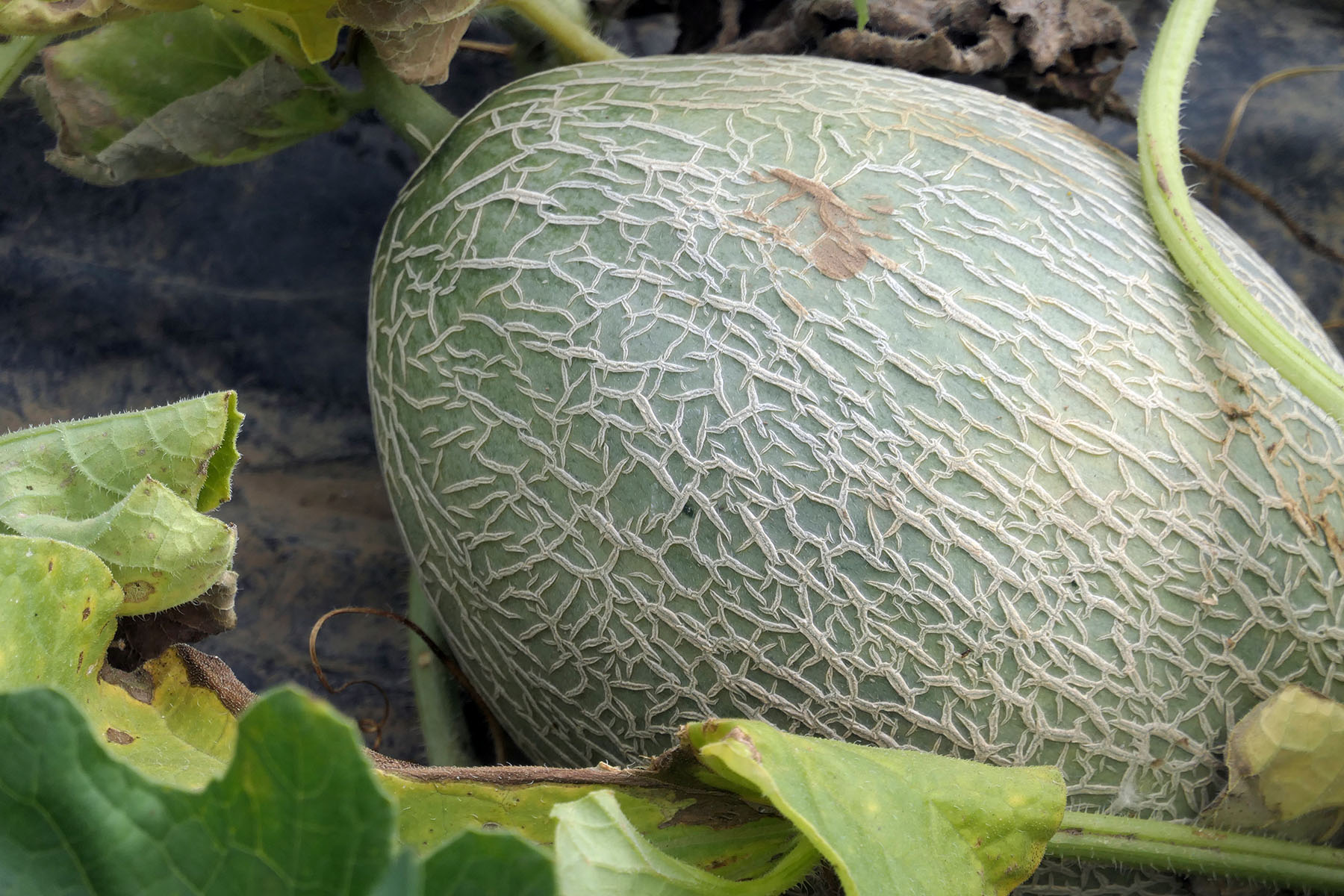If you happen to get hectic around holiday preparations, desperately scrambling for gifts, trying to figure out how to maneuver family gatherings safely (physically re: Covid and emotionally re: we all know what…) let me remind you of something. There are existential woes out there that require attention, terrors that put our minuscule worries in context, but also simple joys that suffice, and plain determinations that move us forward rather than in circles driven by habit. Or by threat.

Aideed Medina, a poet from Fresno, CA and a member of Mothers Helping Mothers, an organization that helps people affected by political and environmental disasters, put it into words that guide me through this season of consumerism on steroids. Her phrases model courage, making me want to join these strong women’s dance in the face of inescapable truth. The poem is set in one of the (real-life)shelters for asylum seeking women in Tijuana, perhaps La Casa de Paso.

Stone
De piedra, sangre.
I make my own heaven. I drag it out of the streets, and inhospitable terrains. I mixed “tabique”, brick, mortar with my hands, kneading,
I need, to make my own heaven.
It is clandestine, in broad daylight.
It’s microwave popcorn, from Costco, because Costco can cross the border as many times as it wants and it has never been asked to go back to where it came from. Not in this kitchen, scrubbed so clean, with bleach, that the roaches have to ask permission to scatter out onto the floor.
Sulema and I, don’t flinch. She has figured me out. We know we have lived some shit and now, it takes more than a cockroach to keep us from moving, forward.
Fuck the roaches, the military, the long nights and even longer days. There is popcorn to be made,
a courtyard of children waiting for it.
Baby girl walks in to check on our progress. She is waiting impatiently for popcorn, the smell of butter making its way around the shelter, La Casa.
The house is built on a solid foundation of Goodyear tires, and unpacked, repacked, suitcases, unpacked, repacked plans.
Today, there is popcorn.
All that matters is today.
For my sake, not Sulema’s
The flowerbeds, and the upside-down Christmas trees, drying out in the sun are beautiful.
I will remember them, when I am warm by a campfire, watching my children for signs of a chill.
I will remember them,
determined,
uneven steps, protruding out of a hillside, going wherever they need to go.
Wherever they need to go.
There is no going back.
Sulema and I both know this, standing in the hot kitchen of the TJ shelter, it is obvious.
It is a beautiful truth, it takes hesitation and beats it down, into the floor.
We danced on it.

No need to explain the message. But one of the secondary reasons I picked this poem has to do with the fact that the punctuation is even crazier than mine, although in her case probably intended while mine is simple ignorance…
Another reason for my choice was the name of the speaker’s partner, Sulema. It is a variant on Solomon, derived from the biblical Hebrew male name Shlomo, meaning “man of peace.” Just a reminder, that the season is theoretically centered around the birth of another bringer of peace. Not presents.
And lastly, the poem reminded me of the just opened exhibition at the Oregon Jewish Museum and Center for Holocaust Education, To Bear Witness – Extraordinary Lives, which describes the fates of people who had to leave their countries and found safety here. Refugees from Austria, Bosnia, Myanmar, Cambodia, Germany, Hungary, Rwanda, Sudan, Syria, and Tibet witnessed the atrocities of war, genocide, and the Holocaust. The museum, working together with The Immigrant Story, in collaboration with Jim Lommasson and NW Documentary, tells their individual stories in a multimedia show. I am unable to review it due to renewed instructions by my oncologist to avoid public spaces, but I have previously reviewed and praised the work of the Immigrant Story folks. Check it out if you’re in town.

Music today speaks its own language(s) on the topic.
In any event, if you still can’t get away from the gift giving or receiving scramble, here is a suggestion: Explore your local Buy Nothing network. Founded 7 years ago by two women in Seattle, the idea, based on longing for community, has spread across the country. It works with hyperlocal sites that allows people to give or receive things that are (no longer) needed, providing a direct line of help to your neighbors, friends, and other people you care for. Everything is freely given, “no money, no barter, no strings.”
On Buy Nothing, you can post three things:
- GIFTS of items or services that others can use
- ASKS for things you could use
- GRATITUDES to show appreciation and thanks
If you type “buy nothing” into your Facebook Search function, it will immediately come up with local options. For us here in PDX there are multiple choices, divided by neighborhoods, or for the region as a whole. All you have to do is click “join the group” and you will see what is on offer or can offer something yourselves. All year long.
And then there is always popcorn…..

Montages are from my 2016 series The Refugees’ Dreams .
